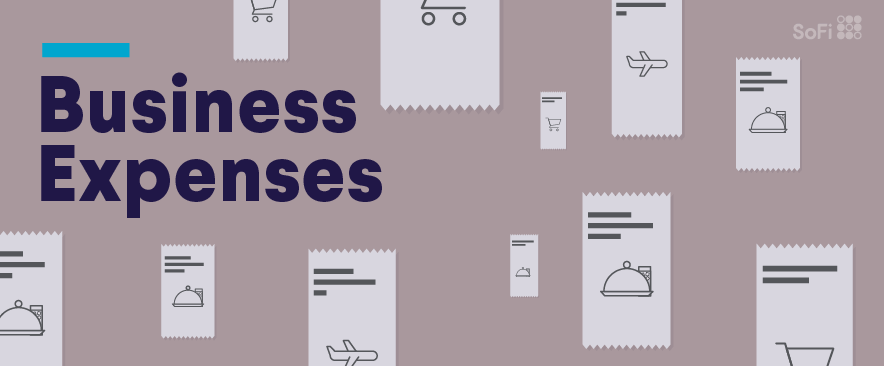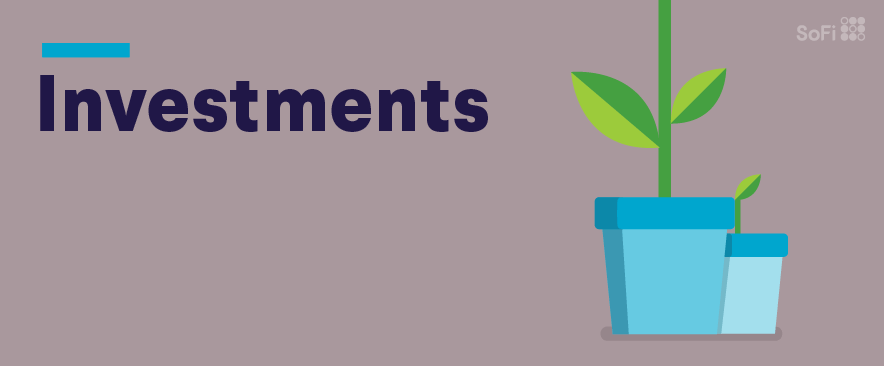5 Easy Ways Doctors Can Save on Taxes
Doctors tend to make a good amount of money. For instance, primary care physicians report earning about $265,000 a year while specialists make approximately $382,000 annually, according to a 2023 survey from Medscape.
But compared to other high-earners, doctors also have high amounts of student debt. Med school graduates owe about $200,000 to $215,000 in student debt, reports EducationData.org. In addition, physicians spend extra years in school, rather than building equity in their future, such as having a 401(k) or an IRA.
That’s why it makes sense to know how to save money on taxes as a doctor and learn about physician tax deductions.
Here are five easy ways doctors can save on taxes, plus tax deductions for doctors.
1. Contribute to multiple tax-advantaged retirement accounts.
One way to save? Instead of only paying into one company-sponsored 401(k) or 403(b), spread your retirement savings across as many tax-advantaged accounts as you can. By having multiple accounts like this, you can substantially increase your savings each year.

2. Consider a 529 plan account to save for children’s college funds.
A 529 account grows tax-free when used for qualifying educational expenses. You might even get a tax deduction on your state taxes the year you fund it. Check your local tax laws to find out more.

3. If you own a practice or you moonlight, consider deducting all business-related expenses.
For physicians, owning a practice comes with a perk: tax deductions for doctors. Think advertising, license fees, exam fees, website fees, professional publications, dues, memberships, medical associations, and conferences. The general strategy is to deduct as much on Schedule C or your personal tax return as possible.

4. For investments, consider the tax benefits of long versus short term gains.
Owning an investment for more than one year means any profit will qualify as a long-term gain. That makes sense. What’s important to consider is that long-term capital gains are typically taxed lower than short-term capital gains (which are taxed at your ordinary income rate). For those with portfolios to manage, this is one factor worth keeping in mind.

5. For charitable donations, don’t forget you can donate investments.
Most people know that donating cash or used items qualifies as a tax deduction. But for physician tax deductions, it’s good to remember you can donate appreciated stocks and funds. In this case, you can gain a double tax benefit by getting a tax deduction for the gift—and avoiding the capital gain on the sale.
Another way to possibly save money is with student loan refinancing. When you refinance, you replace your existing student loans with a new loan, ideally with a lower interest rate and better terms.

Should you refinance your student loans? One very important thing to keep in mind is that refinancing federal student loans makes them ineligible for federal protections and programs, like income-driven repayment plans. If you think you may need these federal benefits, refinancing may not be right for you.
This student loan refinancing guide may be helpful as you weigh your options.
If you decide to explore refinancing, this student loan refinance calculator can help you figure out what you might save. For instance, a lower interest rate or a longer loan term may help lower your monthly payment. However, a longer loan term means you may end up paying more interest over the life of the loan.
SoFi offers loans with competitive fixed and variable rates, flexible terms, and no fees. And you can find out if you prequalify in two minutes.
SoFi Student Loan Refinance
If you are a federal student loan borrower, you should consider all of your repayment opportunities including the opportunity to refinance your student loan debt at a lower APR or to extend your term to achieve a lower monthly payment. Please note that once you refinance federal student loans you will no longer be eligible for current or future flexible payment options available to federal loan borrowers, including but not limited to income-based repayment plans or extended repayment plans.
Third-Party Brand Mentions: No brands, products, or companies mentioned are affiliated with SoFi, nor do they endorse or sponsor this article. Third-party trademarks referenced herein are property of their respective owners.
Tax Information: This article provides general background information only and is not intended to serve as legal or tax advice or as a substitute for legal counsel. You should consult your own attorney and/or tax advisor if you have a question requiring legal or tax advice.
Financial Tips & Strategies: The tips provided on this website are of a general nature and do not take into account your specific objectives, financial situation, and needs. You should always consider their appropriateness given your own circumstances.
SoFi Loan Products
SoFi loans are originated by SoFi Bank, N.A., NMLS #696891 (Member FDIC). For additional product-specific legal and licensing information, see SoFi.com/legal. Equal Housing Lender.
SOSL0423017 Read more




